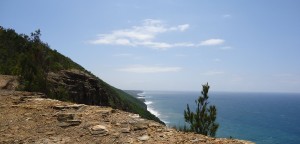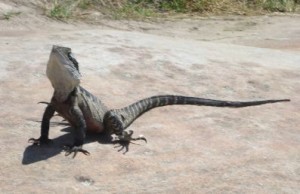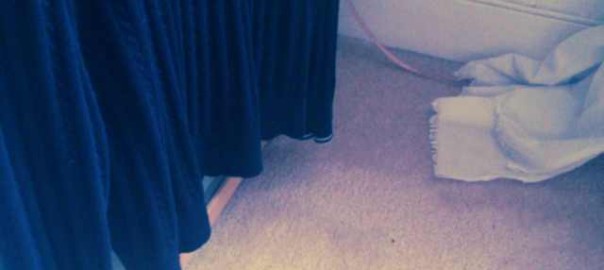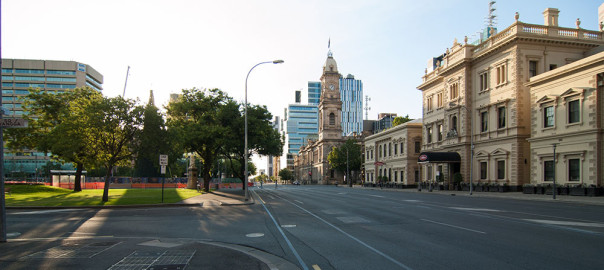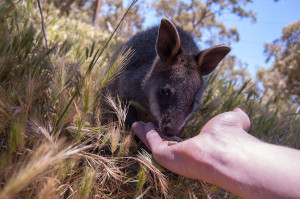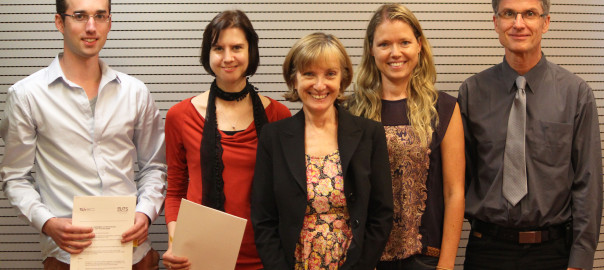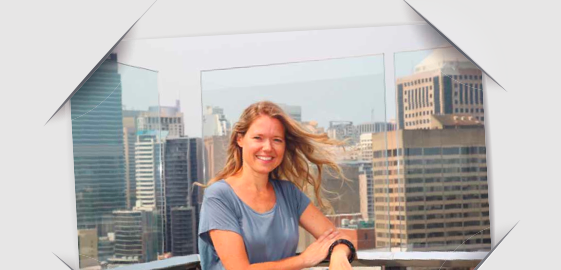In the Netherlands one of the well-known photo print services is operated by HEMA, a famous Dutch retail store. Besides regular prints and photo albums their collection includes several photo-gifts: they print photos on mugs, T-shirts, calendars or puzzles. In a sense these are examples of ways to “materialise memories”. The items are still photo-based mementos, but with a three-dimensional aspect that makes the photos tangible and more visible in the home.
Recently HEMA added a new service to their online store which could take the materialisation of memories in 3D forms to a whole new level: HEMA now offers a 3D-printing service. Of course HEMA isn’t the first to offer 3D printing to consumers. Shapeways, for instance, has been doing this for years. Their website offers an enormous collection ranging from gadgets and gimmicks to cutlery and jewellery. Designing an object from scratch for 3D-printing requires quite some expertise but their collection also includes designs that can be easily personalised with names or patterns. This is also the approach HEMA takes. You could therefore argue that HEMA’s service is not very novel; however, the fact that HEMA is such a well-known and mainstream store could make a big difference in making 3D printing more visible and available to the general public. At the moment the service is limited to the personalisation of bracelets and phone-covers. But as 3D printing is evolving fast, what could this service offer in the future to create mementos of our favourite memories?
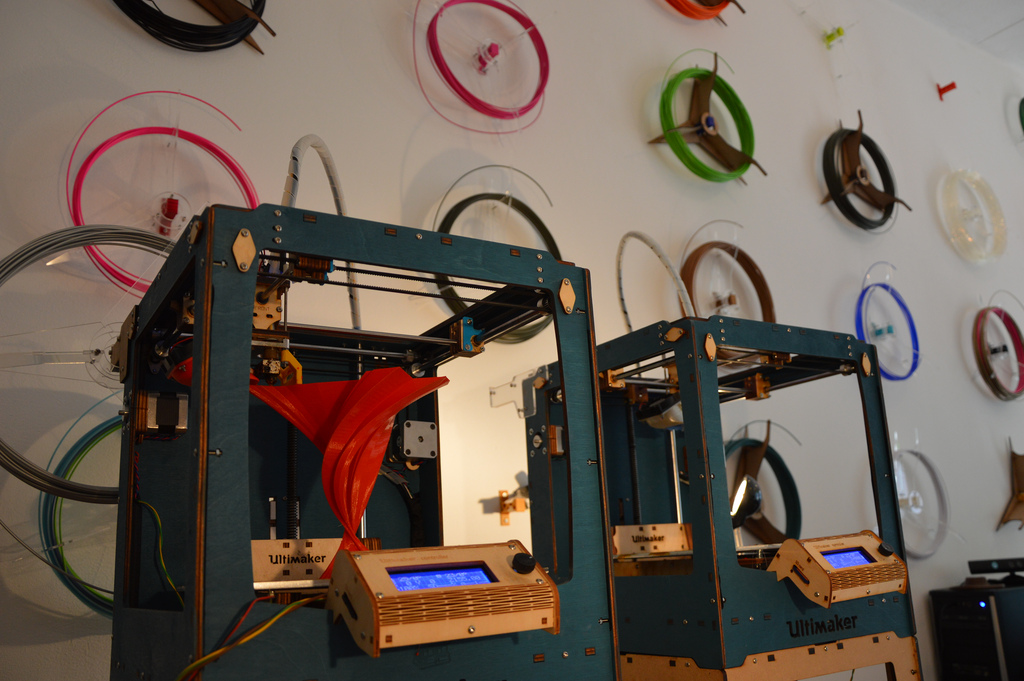
During the Eindhoven Marathon a unique memento was created for one athlete: the winner received a printed trophy which might help him remember his achievement. The beautiful trophy is based on the marathon route and made by Eindhoven based designers of “Van Alles wat ontwerp” a group of TU/e Industrial Design alumni. 3D printing takes time; but rather than a downside the designers made this time the strength of their process. The trophy was designed to be finished in the time of last year’s marathon making it a race against the fastest runner of this year.
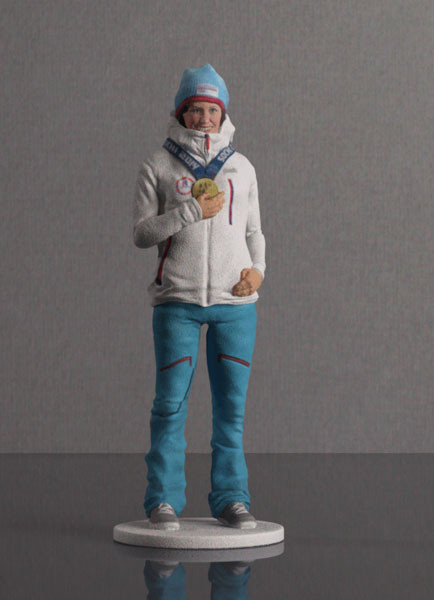
You may never win such a trophy as memento yourself, but you may wish to materilise athletes who do. On www.print3Dhero.com you can order a replica of some of the gold medalists of the winter Olympics in Sochi. The miniatures are designed with care and closely resemble the athletes.
Having a miniature athlete is fun, but creating a mini-replica of yourself must be even better.
That is what a group of designers in Spain must have thought. They designed an installation allowing tourists on the Ramblas to print a souvenir of themselves. In between the many street artists on Barcelona’s famous street was a pedestal on which people could strike a pose, be scanned and, with the combination of a Kinect and a CNC 3D printer, take home a miniature representation of themselves. The figurines are quicker, cheaper and a bit more abstract than the athletes but make great and original souvenirs.

It is not even necessary to limit this process to adults who can pose for a scan. Fasotec, a company in Japan, creates 3D representations of unborn babies based on MRI scans. For a little under a thousand euro, parents-to-be can order a transparent belly-shaped object with a floating white foetus in it. These mementos look rather surreal and might become even creepier the closer the technique can resemble reality in the future. Creating mementos on a more abstract level could lead to more elegant results.
Loci create sculptures based on your travels. You can input airports, or they can be retrieved from your foursquare logins, to create a sculpture of how you traveled the world. Placed on a map, it precisely shows where you’ve been. But I especially like how they are such elegant sculptures when looked at without the map. This shows how a materialised memento could take a shape that only has meaning for its creator. In this case the translation from data to sculpture is done through an app; making sure people don’t require any advanced modelling skills to create their 3D printed mementos. Easy to use apps combined with the accessibility of 3D printing through general stores such as HEMA could be the start of many new ways to create mementos of our favourite memories, going far beyond printing a funny picture on a coffee mug.
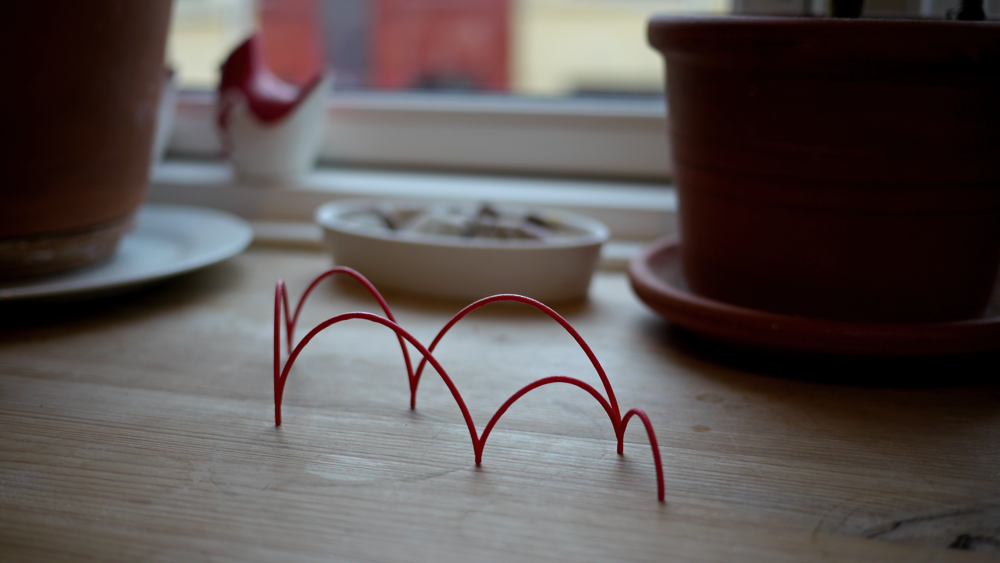
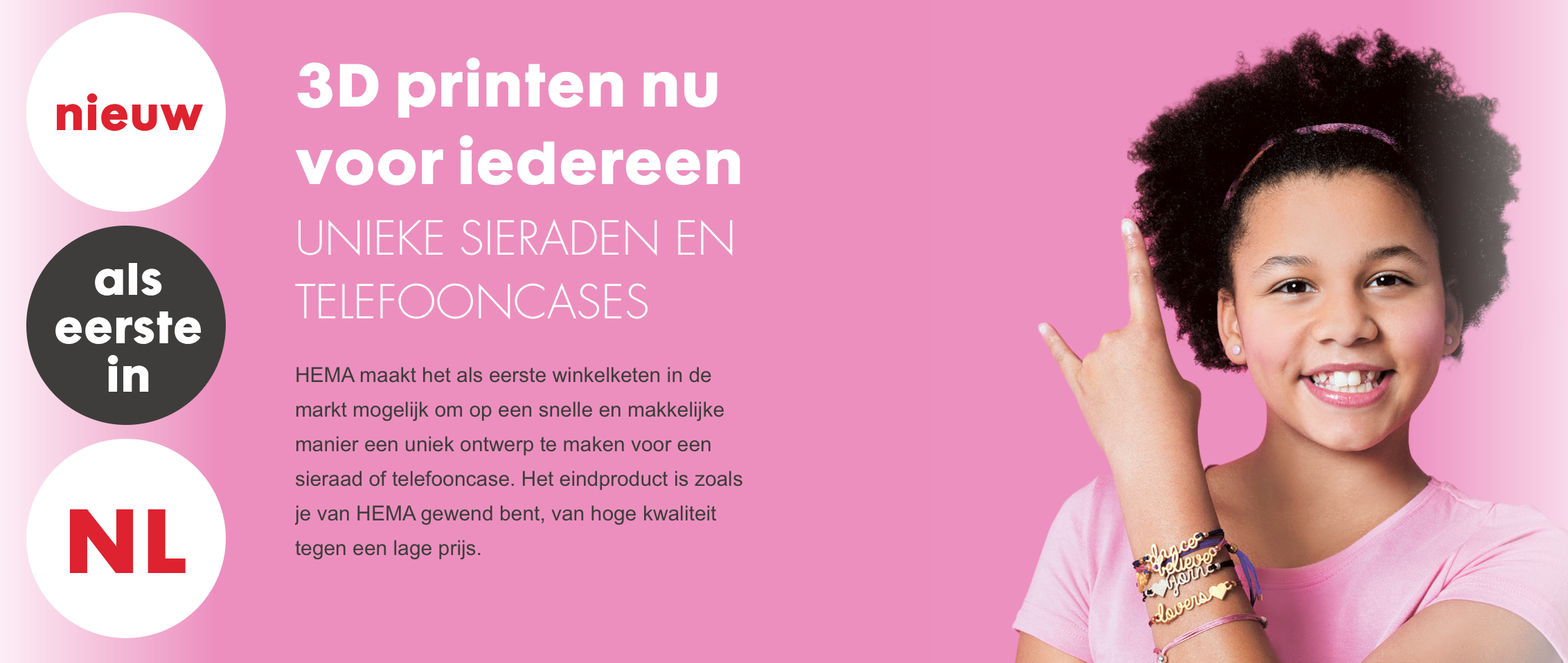
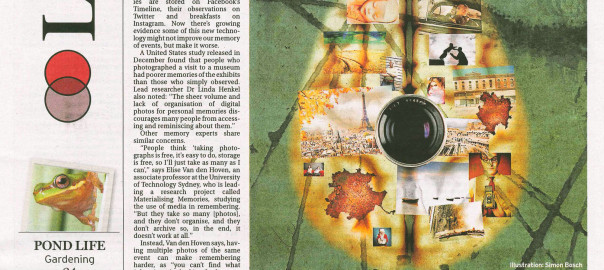
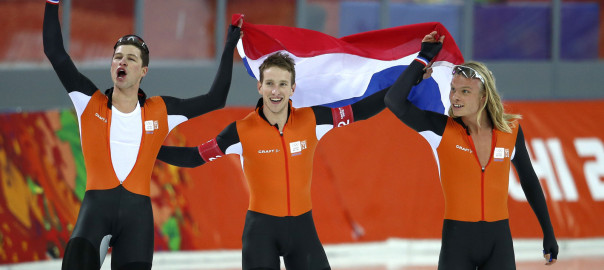
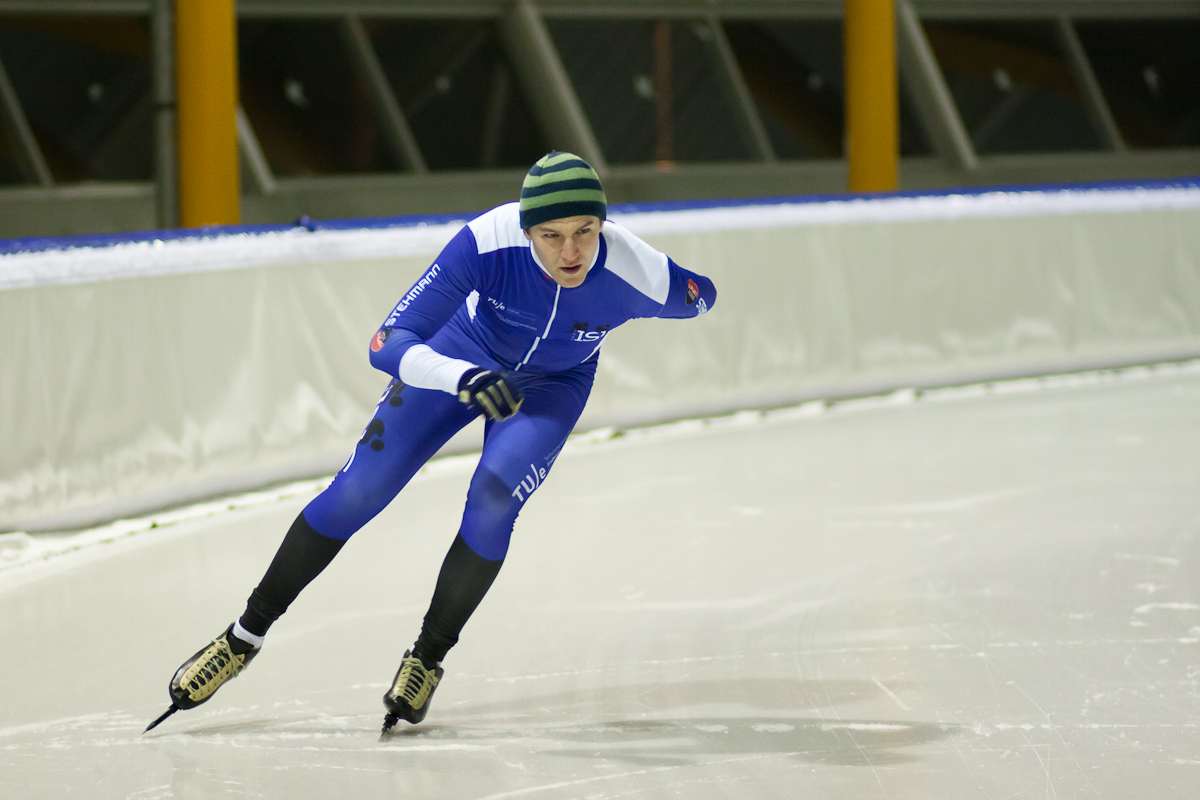
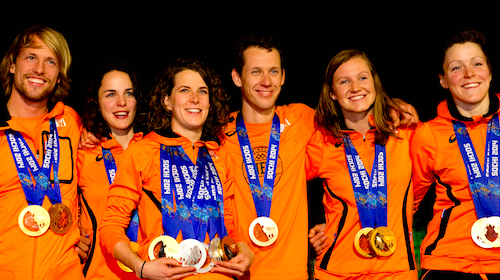
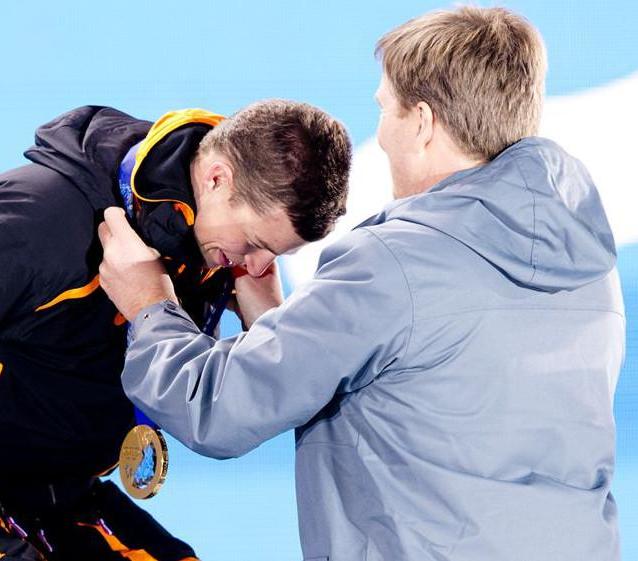

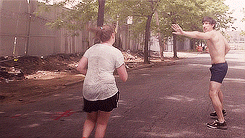


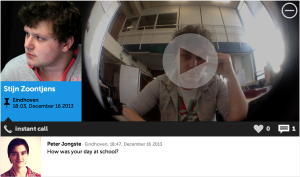
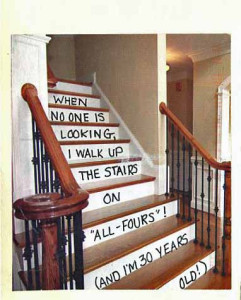
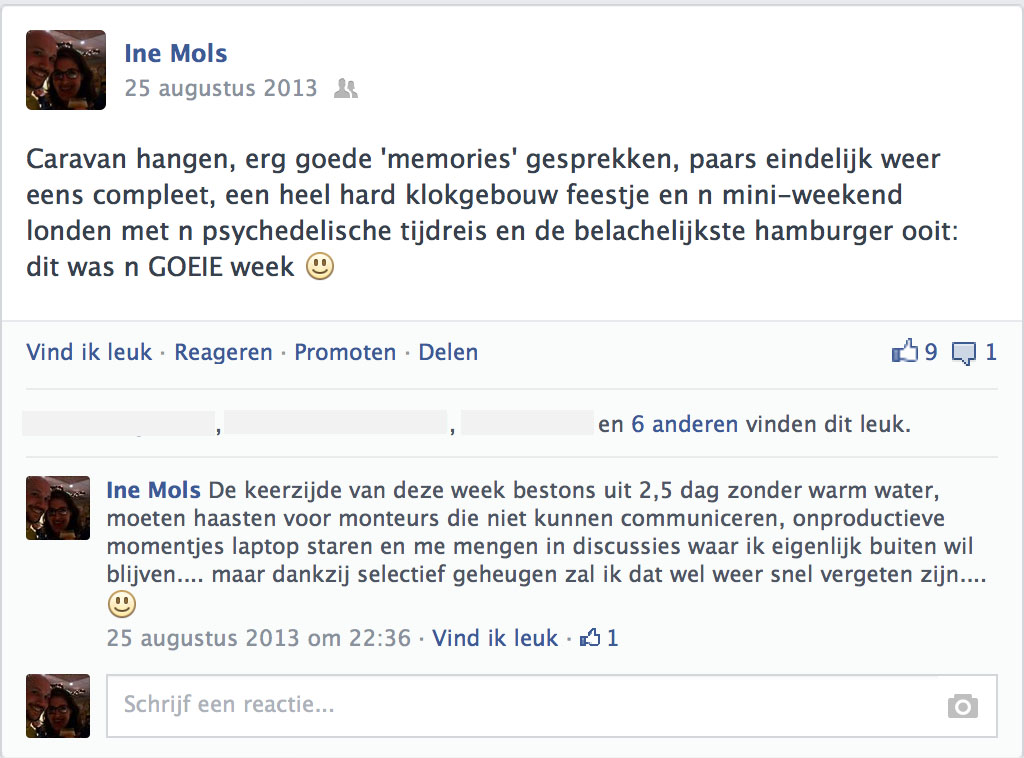 I once commented on my own Facebook post about an awesome week to explain the down-sides of the same week; trying to slightly break this unrealistic stream of positivism I saw on my own wall as well. Although I say in the post “I’ll probably forget about these negative aspects due to selective memory”, the post has had the opposite effect: I now remember these aspects as well. I remember the small annoying things about that week that I most often forget.
I once commented on my own Facebook post about an awesome week to explain the down-sides of the same week; trying to slightly break this unrealistic stream of positivism I saw on my own wall as well. Although I say in the post “I’ll probably forget about these negative aspects due to selective memory”, the post has had the opposite effect: I now remember these aspects as well. I remember the small annoying things about that week that I most often forget.